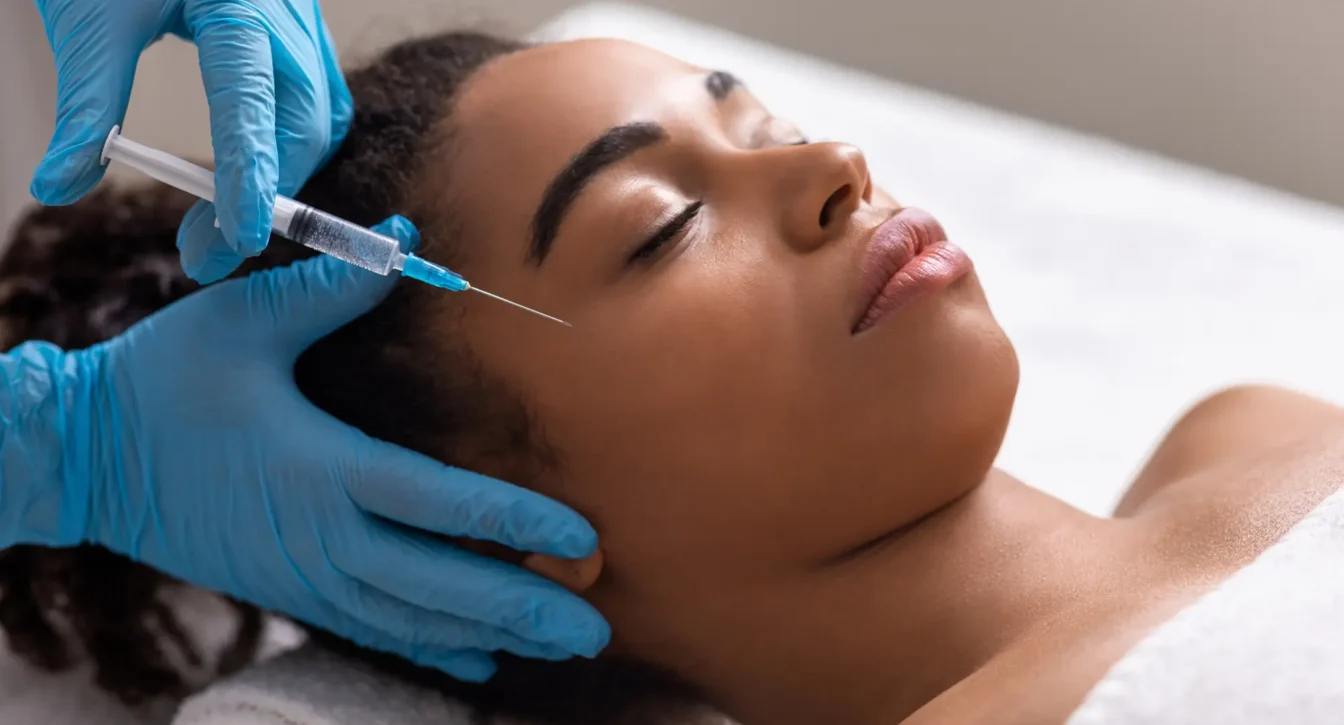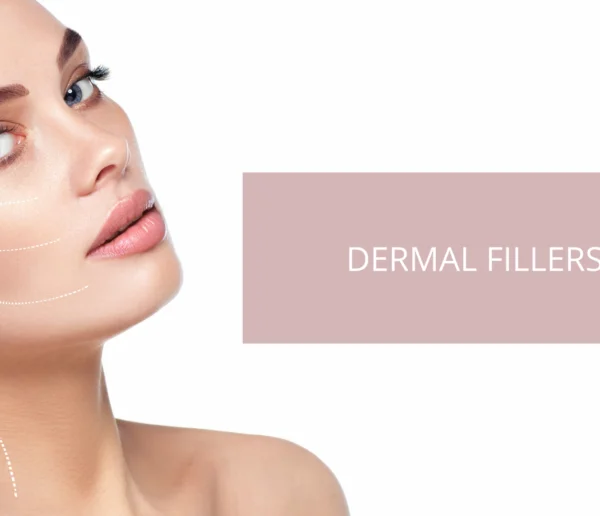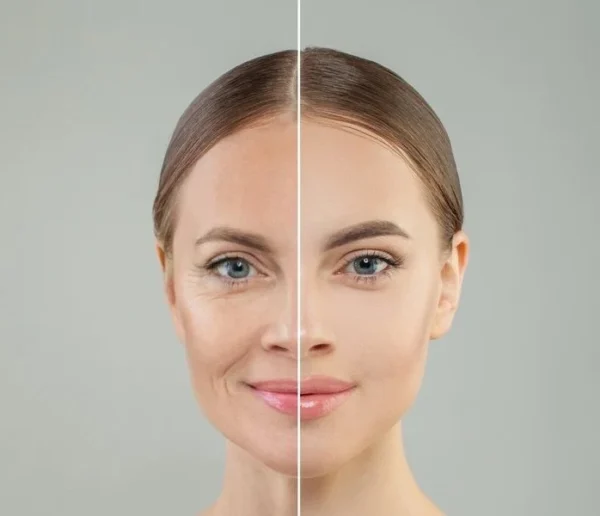Looking for a way to restore youthful, radiant skin without surgery? Dermal fillers are one of the top non-surgical cosmetic treatments for 2025, offering instant results with minimal downtime. These injectable fillers can smooth wrinkles, restore lost volume, and enhance your natural facial contours—helping you achieve a refreshed, more youthful look.
In this guide, we cover everything you need to know about dermal fillers: types, benefits, results, side effects, cost factors, and safety tips—so you can make an informed decision about your beauty journey.
What Are Dermal Fillers and How Do They Work?
Dermal fillers are gel-like substances injected beneath the skin to plump, lift, and smooth targeted areas. They help reverse signs of aging, improve facial symmetry, and enhance skin texture.
The most common type is Hyaluronic Acid (HA) filler—a naturally occurring substance in the skin that locks in moisture and maintains plumpness.
Popular Types of Dermal Fillers
-
Hyaluronic Acid Fillers (HA) – Best for hydration, lip enhancement, and natural-looking volume.
-
Calcium Hydroxylapatite (CaHA) – Thicker, longer-lasting filler for deep wrinkles and facial contouring.
-
Poly-L-lactic Acid (PLLA) – Stimulates natural collagen production for gradual, long-term results.
-
Polymethylmethacrylate (PMMA) – Semi-permanent filler for deeper folds and lasting correction.
💡 Expert Tip: Pairing dermal fillers with Botox injections or skin boosters can enhance results for full-face rejuvenation.
How Long Do Dermal Fillers Last?
The longevity of filler results depends on the product, treatment area, and your body’s metabolism:
-
Hyaluronic Acid Fillers – 6 to 18 months
-
CaHA or PLLA Fillers – Up to 2 years or more
Lifestyle factors like UV exposure, smoking, and skincare routine can affect results. Maintenance treatments every 6–12 months keep your look fresh.
Do Dermal Filler Injections Hurt?
Most patients describe the procedure as mildly uncomfortable rather than painful. Many fillers contain lidocaine for comfort, and clinics often use numbing cream before treatment.
✅ Comfort Tip: Always let your injector know about your pain tolerance—they can adapt techniques to make the procedure more comfortable.
Possible Side Effects of Dermal Fillers
While dermal fillers are considered safe when performed by a qualified aesthetic practitioner, some temporary side effects may occur:
-
Redness & swelling
-
Bruising
-
Tenderness at injection sites
Rare but serious risks include infection or vascular blockage—which is why choosing an experienced, licensed injector is critical.
🔒 Safety Tip: Only use clinics that work with FDA-approved or CE-certified fillers and follow strict hygiene protocols.
Who Is the Ideal Candidate for Dermal Fillers?
You may be a good candidate if you:
-
Want to smooth fine lines and wrinkles
-
Desire fuller cheeks, lips, or jawline
-
Need to restore volume lost with age
-
Seek a non-surgical facelift alternative
📅 During your consultation, your practitioner will customize a treatment plan based on your goals, facial structure, and budget.
Dermal Filler Costs in 2025
The cost of dermal fillers varies by brand, injector expertise, and treatment area. On average, expect to pay:
-
Hyaluronic Acid Fillers: €250–€600 per syringe
-
Long-Lasting Fillers (CaHA, PLLA): €400–€900 per session
💡 Investing in a skilled injector ensures natural, safe, and long-lasting results—cheap filler deals can lead to costly corrections.
Key Takeaways
-
Dermal fillers are a safe, effective way to rejuvenate the face without surgery.
-
Results can last 6 months to 2 years, depending on the filler type and lifestyle.
-
Choosing an experienced injector ensures safety and natural results.
-
Combining fillers with Botox or skin boosters can enhance outcomes.
✨ Book Your Dermal Filler Consultation Today
Take the first step toward a youthful, radiant look with a licensed aesthetic professional. Get personalized advice, see before-and-after results, and discover the best filler treatment for your needs.





